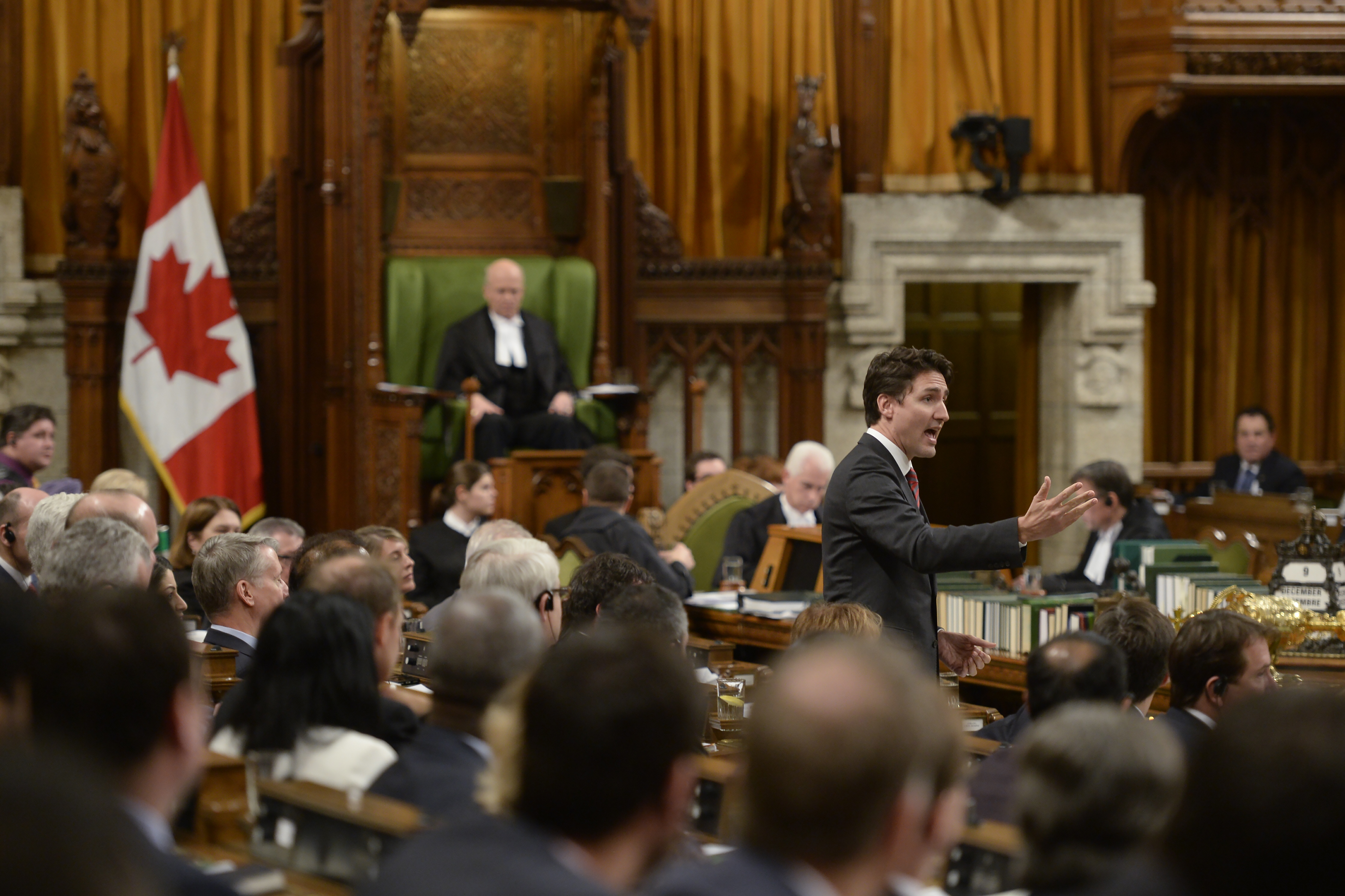Prime minister of Canada is the leader of Canada’s national government . Canada has a parliamentary system of government. Under this system, the monarch of the United Kingdom , who is also the king or queen of Canada, is Canada’s head of state. An appointed official called the governor general serves as the monarch’s representative in Canada. However, the monarch and the governor general primarily carry out formal and ceremonial duties. The prime minister (PM) is actually the head of the government and directs its day-to-day operations. Traditionally, the prime minister is the leader of the political party that commands a majority of votes in the elected House of Commons , one of the two houses of the Canadian Parliament.
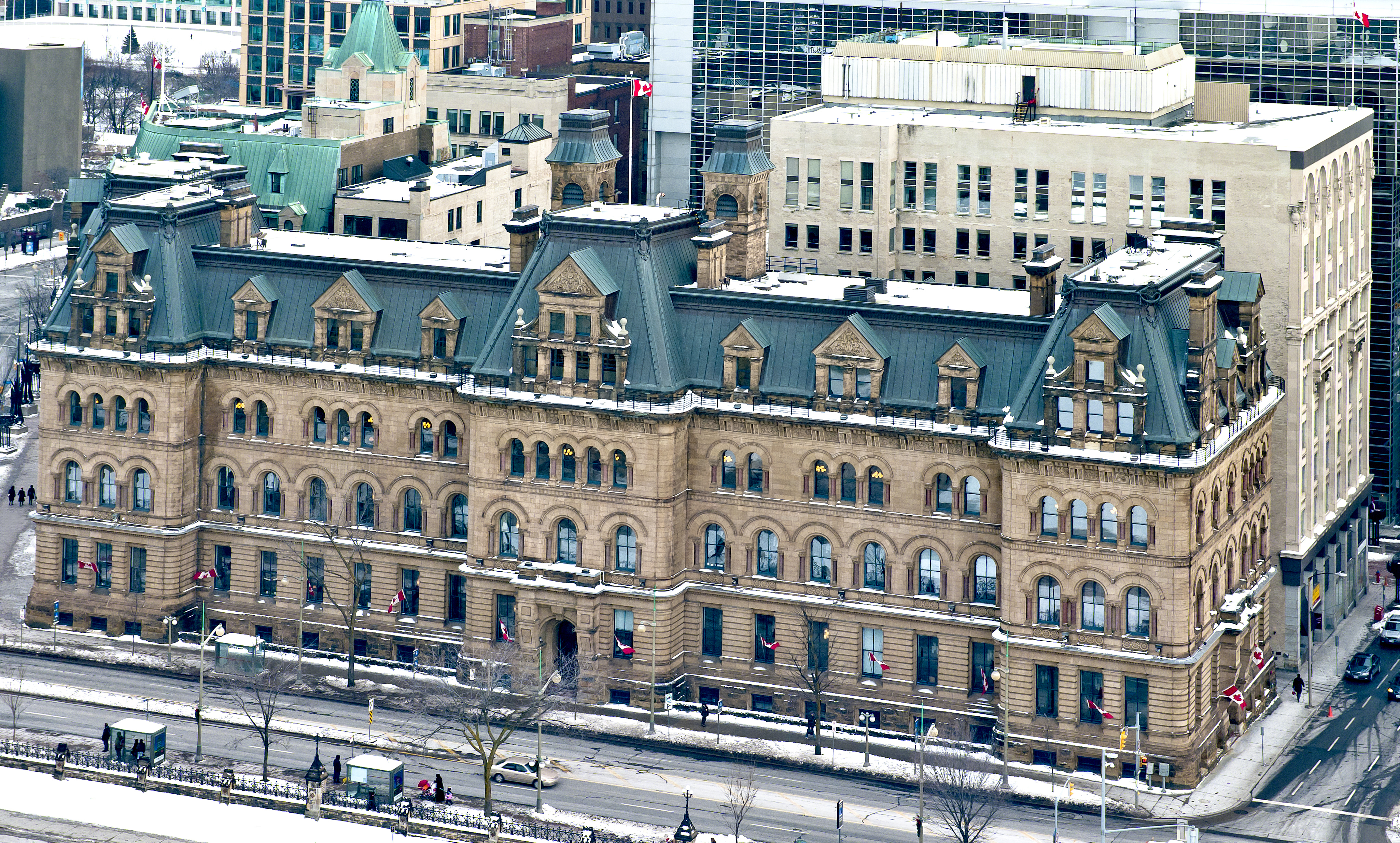
Sir John A. Macdonald became Canada’s first prime minister when the Dominion of Canada was founded in 1867. He established the basic functions of the office as it exists today. The prime minister’s role is not described in Canada’s Constitution . The specific powers of the office have developed and changed throughout Canada’s history.
Roles of the prime minister.
As the leading figure in Parliament, the prime minister acts as the voice of the nation. The PM develops and directs Canada’s domestic and foreign policies and often negotiates with the governments of Canada’s provinces. The prime minister also leads the governing party in Parliament and guides the topics of debate in the House of Commons.
Several institutions help the prime minister carry out his or her duties. The Cabinet is a group of department heads called ministers that helps the prime minister lead the government. The Privy Council Office (known as the PCO) is a government office that provides support to the prime minister, the Cabinet, and Cabinet committees. The Prime Minister’s Office (known as the PMO) employs political personnel who handle media and public relations, offer advice on political strategy, and provide other services for the prime minister and the prime minister’s party. The prime minister’s chief of staff manages the PMO.
By means of appointments to various offices, the prime minister shapes the character of the federal government. For example, the PM, through recommendations to the governor general, chooses ambassadors, Cabinet ministers, judges, senators, and other top government officials.
How the prime minister is chosen.
The people of Canada elect the prime minister by an indirect process. Canadian citizens vote in a general election that determines the political makeup of the House of Commons. The makeup of the House, in turn, determines which party’s leader will be prime minister. Almost every prime minister has been a member of the House of Commons. The exceptions— Sir John C. Abbott , who served in 1891 and 1892, and Sir Mackenzie Bowell , who served from 1894 to 1896—were members of the Canadian Senate , whose members are not elected.
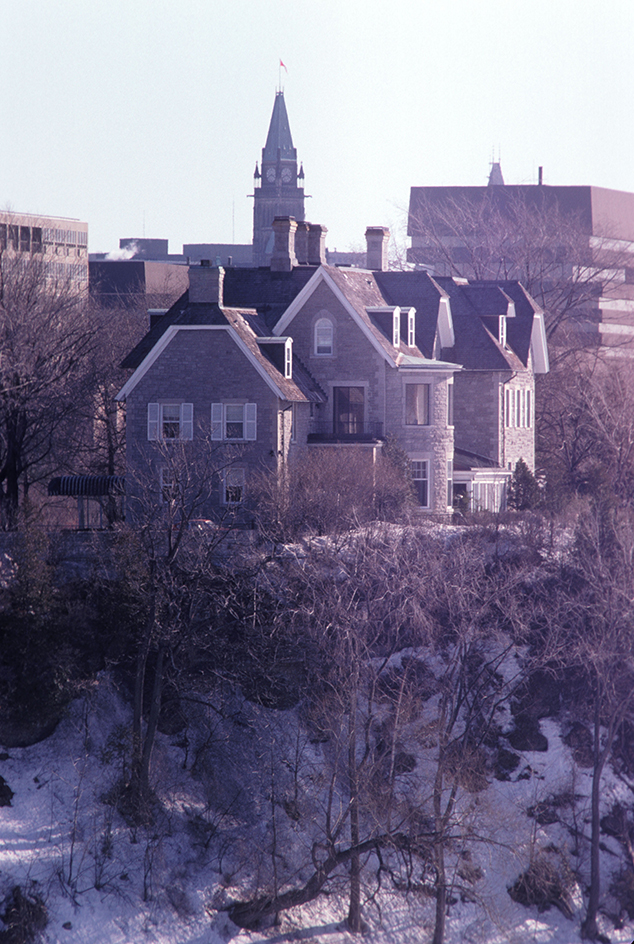
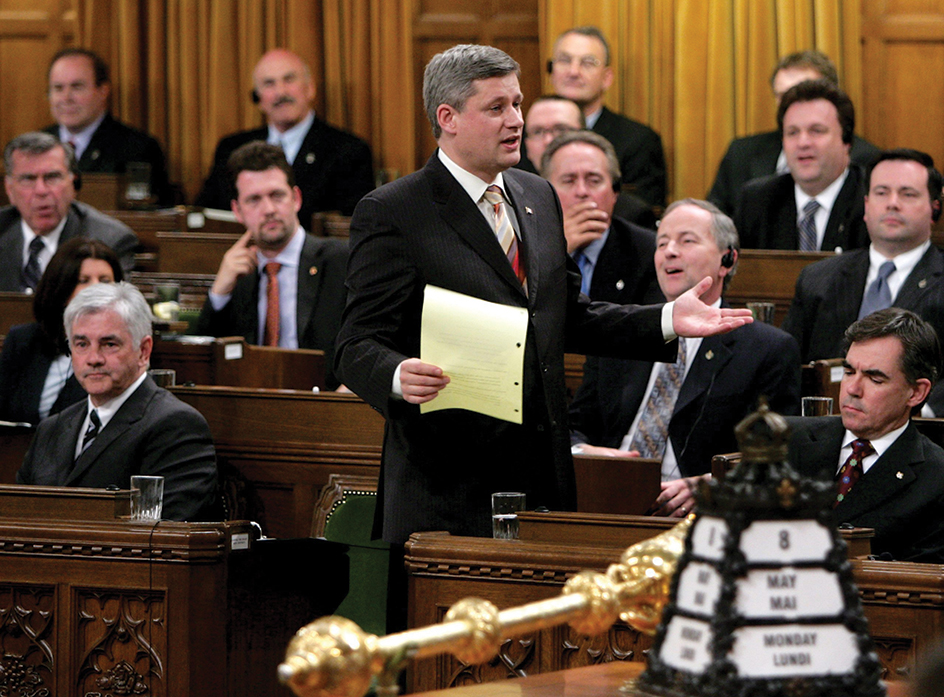
According to Canada’s Constitution, general elections must be held at least every five years, though in practice they are held every four years or more frequently. The prime minister must maintain the support of a majority of the House of Commons to remain in office. If the House passes a vote of no confidence in the government, the prime minister must either resign, request that the governor general call a general election, or suggest that the governor general find a new leader who has the support of a majority of the House. After an election, if the party led by the prime minister can control a majority of seats in the House, the PM remains in office. If the party loses control of the House after an election, the prime minister resigns. The governor general then offers the post of prime minister to the leader of the party with the largest number of seats.
If a prime minister resigns while still in control of the House, the PM’s party identifies a new leader, who then becomes prime minister. This is how Kim Campbell , who held office in 1993, became Canada’s first woman prime minister. If a prime minister dies in office, the governor general appoints an interim (temporary) successor, based on the advice of senior members of the ruling party. The interim prime minister serves until the party can choose a new leader.
Growth of the prime minister’s role.
Originally, the prime minister had only a few assistants, a small government office, and no political staff. The PM was known as the “first among equals,” meaning that Cabinet ministers were nearly as powerful. Over time, Canada and its prime minister became less connected with the government of the United Kingdom, and the governor general took on an increasingly symbolic role.
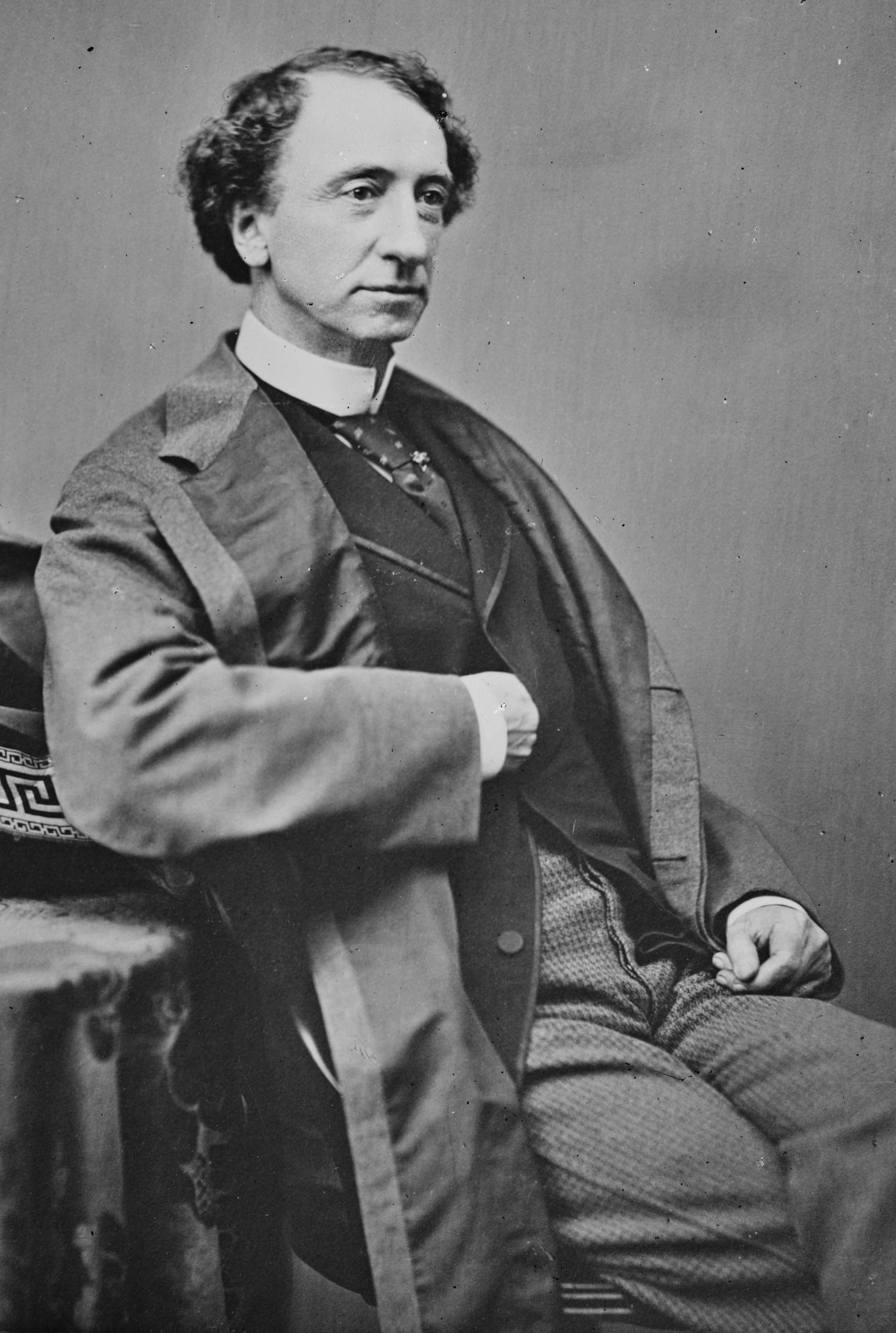
Gradually, the Privy Council Office grew and gained influence. By the mid-1900’s, it played a major role in assisting the prime minister and helping the government to function. Since the mid-1900’s, the Prime Minister’s Office also has increased in size and influence. The growth of the PMO, particularly under Pierre Trudeau , prime minister from 1968 to 1979 and from 1980 to 1984, has contributed to the increasingly dominant role of the PM. The Cabinet, PCO, and PMO may have different views on policy and may compete for influence. Ultimately, however, the prime minister tends to have the final say in such matters.
Today, the prime minister unquestionably is at the top of Canada’s national government. This is the case partly because party leaders attract much media attention. It is also because government departments no longer operate independently of one another, and they require centralized coordination. Cabinet ministers, the governing party’s members of Parliament and election candidates, and other government officials all are expected to follow the PMO’s orders, which are often conveyed through PMO political staff. At times, the influence of the prime minister and his or her supporting organizations as a whole, known as the center, is a source of concern. This is the case particularly when individuals not elected to Parliament exercise political power.
